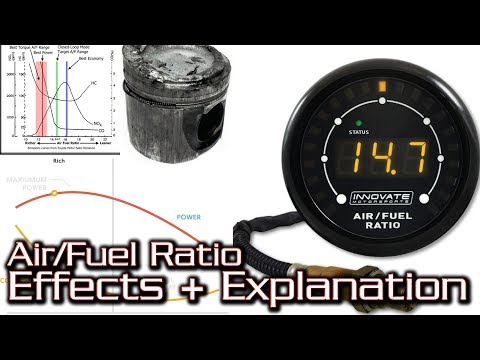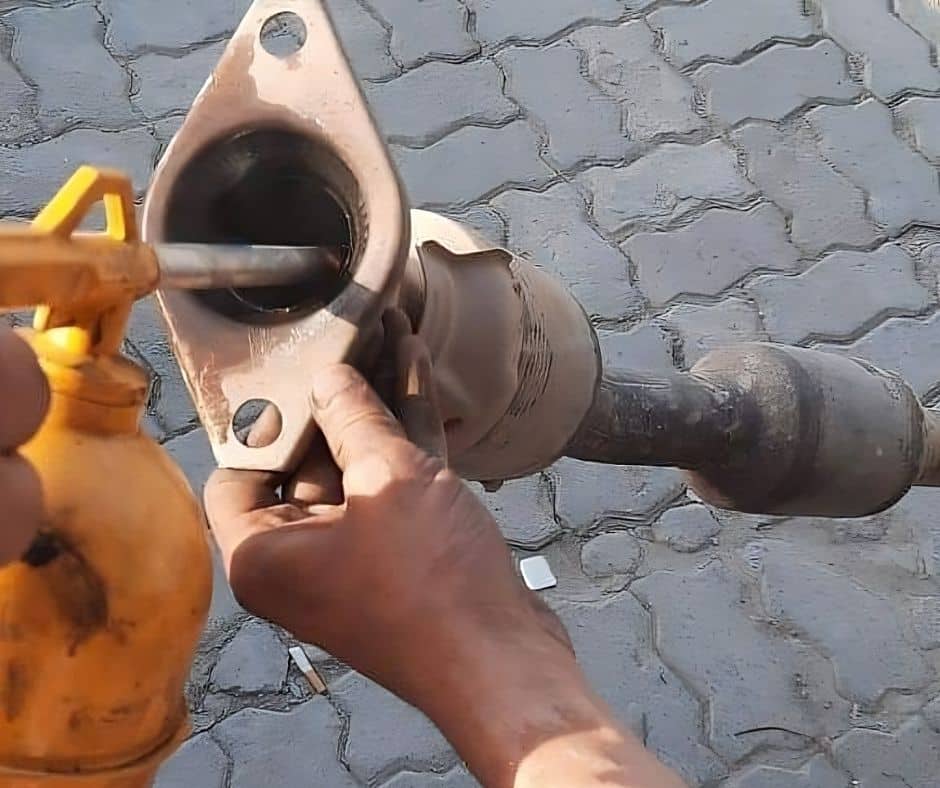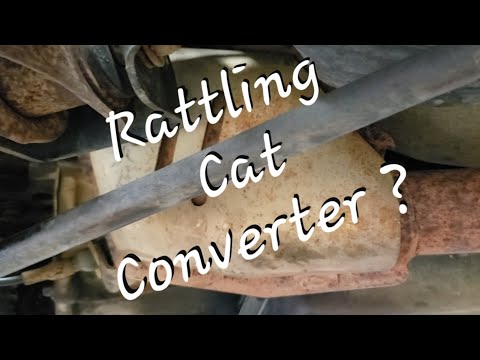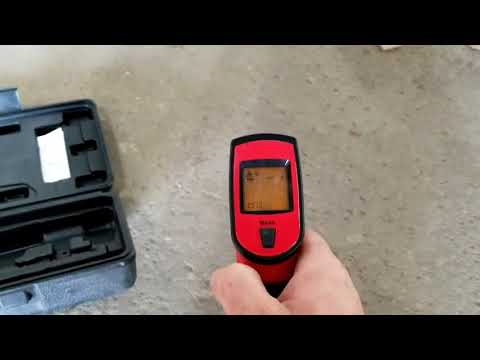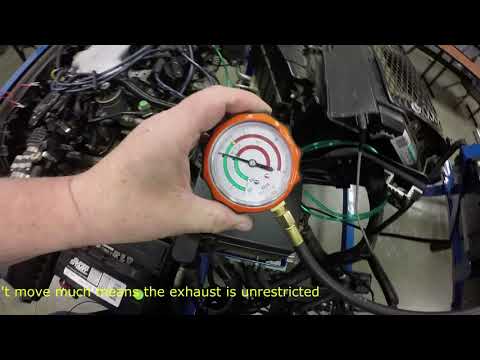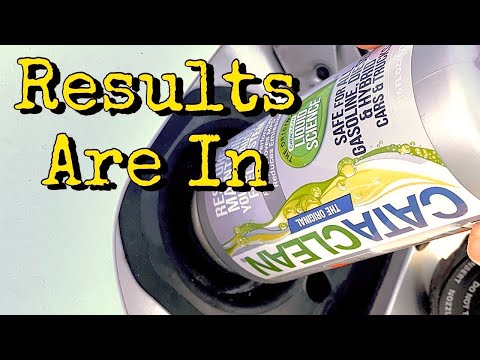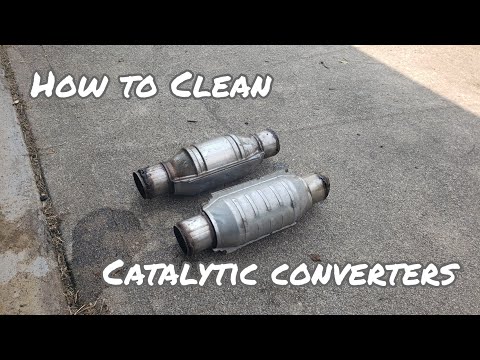
If your car has been struggling to start, passing foul-smelling exhaust, and stalling out while down on power, you might have a bad or clogged catalytic converter. This is even more likely to be an issue with an older vehicle, your car’s been running hot, or a recent head gasket issue has allowed oil to infiltrate the exhaust system.
Anytime you put the words “Catalytic Converter” and “Problem” together, your checkbook rightfully contracts with fear. Before we can figure out the possible causes, symptoms, and repairs for a clogged catalytic converter, we will have to demystify some functional details.
What Does the Catalytic Converter Do?
Your car’s catalytic converter directly connects the engine’s exhaust manifold to the rest of the underbody exhaust system. It’s designed to reduce airborne pollutants like carbon monoxide (CO), nitrogen oxides (NOx), and hydrocarbons from spilling out into the environment via the car’s exhaust system.
Modern-day catalytic converters effectively transform 90% of harmful emissions into less harmful gasses with a much lower environmental threat. It also plays a role in overall engine performance by rapidly removing exhaust gases, allowing for vigorous internal combustion in the engine’s cylinders.
The Root Causes of a Clogged Catalytic Converter
A few things can cause a clogged catalytic converter, inevitably shortening its long but finite lifespan. Let’s explore the most common culprits responsible for clogging your catalytic converter:
1. Engine Running Rich
In a relatively newer vehicle, a clogged catalytic converter is often related to a rich fuel/air mixture that allows oil deposits to enter the exhaust system. Not only does this hamper performance, but it also creates a residue that rapidly traps carbon deposits and other contaminants.
2. The Engine Running Hot

The engine running hot due to a fault in the cooling system, a bad EGR valve, or other mechanical faults can also cause a clogged catalytic converter. Running hot for a long period of time further hampers the performance of the catalytic converter, which accelerates the accumulation of deposits in a car’s catalytic converter.
3. A Bad Oxygen Sensor
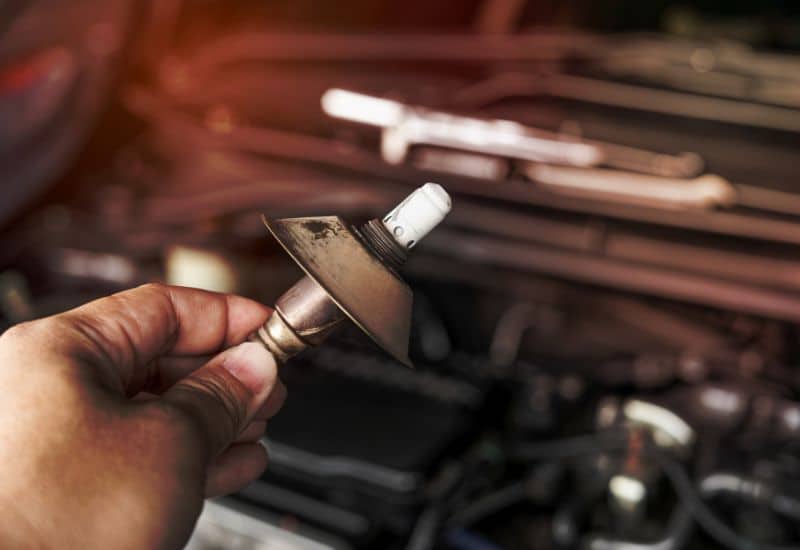
A bad oxygen sensor can cause a clogged catalytic converter by making the ECU adjust the fuel/air mixture to run rich. If the oxygen sensor doesn’t cross the threshold for the ECU to throw the check engine light, you can drive for a long time, allowing deposits to build up and eventually clog the catalytic converter.
4. Animal Debris During Storage
In an older vehicle or one that’s sat for months in storage, it’s also possible for animal debris to cause a clogged catalytic converter. Even something as simple as a stubborn mouse nest can cause severe catalytic converter problems.
Top 9 Symptoms of a Bad Catalytic Converter and How to Fix Them
There are several signs of a clogged catalytic converter to watch for. Some of these symptoms may resemble specific engine issues, so it’s a good idea to look for a combination of symptoms rather than relying on a single strong indicator to conclude that your catalytic converter is clogged.
Here are common symptoms suggesting that your catalytic converter may be bad or clogged and requires repair or replacement:
1. Severely Clogged Catalytic Converter Can Affect Your Engine’s Ability to Start

Hard starting and long cranking are one of the earlier signs of a partially clogged catalytic converter. It’s easy to dismiss at first and might be confused for some other type of fault in the engine or the electrical system.
Though it’s really that the clogged catalytic converter is impeding the efficient flow of exhaust gases out of the exhaust manifold. To the point that it’s hampering the internal combustion process. It can even start to flood the engine.
Often times when the car does start, you get a big belch of black smoke from the tailpipe. This is due to unburned fuel migrating to the exhaust system. It then burns and/or heats the surrounding deposits; when the engine finally does turn over, the force of the exhaust pushes the black smoke out. Then the exhaust returns to normal.
2. Car Stalling at Random Intervals

A clogged catalytic converter causes back pressure in the exhaust system, which eventually starts to affect the internal combustion process within the engine; when the compression and/or fuel/air imbalance in the cylinders get too out of balance, the engine stalls.
The more clogged the catalytic converter is, the easier the car will stall and the longer it will take for the backpressure to abate enough for the engine to start again. Also, frequent stalling due to a clogged catalytic converter is more likely to occur under load, such as when towing or accelerating hard to get up to highway speed. This can leave you stalled out at a very dangerous time.
3. A Decline In Fuel Economy
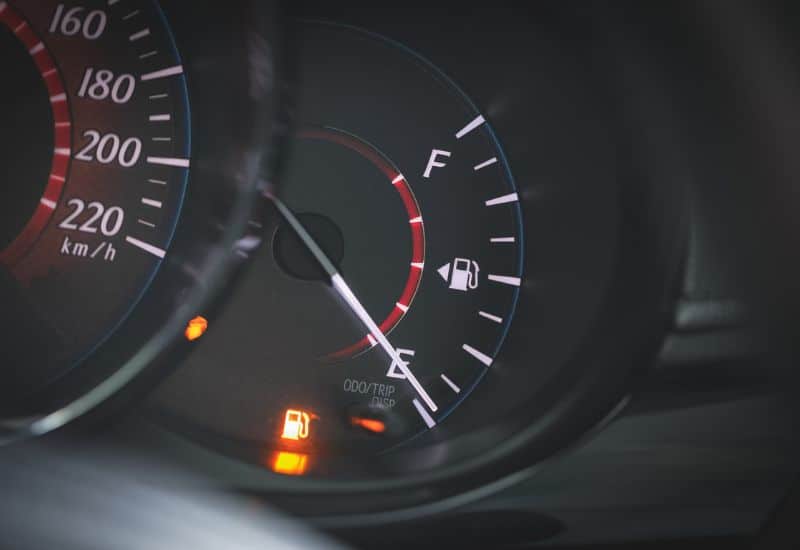
One of the more common symptoms of a clogged catalytic converter is poor MPG. This is due to exhaust gases being unable to leave the engine, hampering performance efficiency. Fuel consumption tends to decrease in lock-step as the clog in the catalytic converter increases.
Many times poor MPG and a clogged catalytic converter are related to another engine fault, such as a stuck-open fuel injector or something else that is causing the engine to run rich. You’ll need to deal with this problem as well as clean or replace the clogged catalytic converter.
4. Rotten Egg Exhaust Smell or Failed Emissions Test
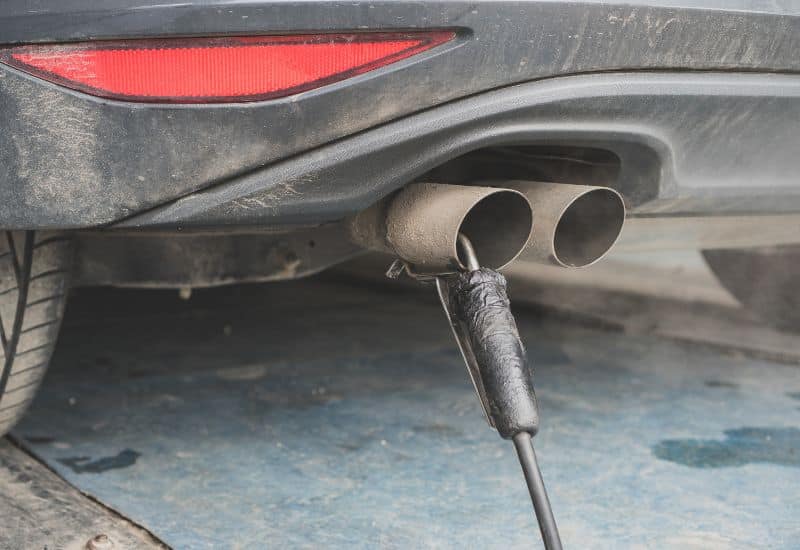
Unburned fuel, carbon deposits, and other contaminants trapped in a clogged catalytic converter will cause the exhaust to take on a rotten egg odor of sulfur. This usually means a car with a clogged catalytic converter will fail an emissions test.
If some of the earlier symptoms of a clogged catalytic converter go unnoticed, but your state requires periodic emissions tests, the first sign of a problem might be a failed emissions test.
5. Thick, Dark Exhaust Smoke Can Be A Sign Of A Malfunctioning Catalytic Converter
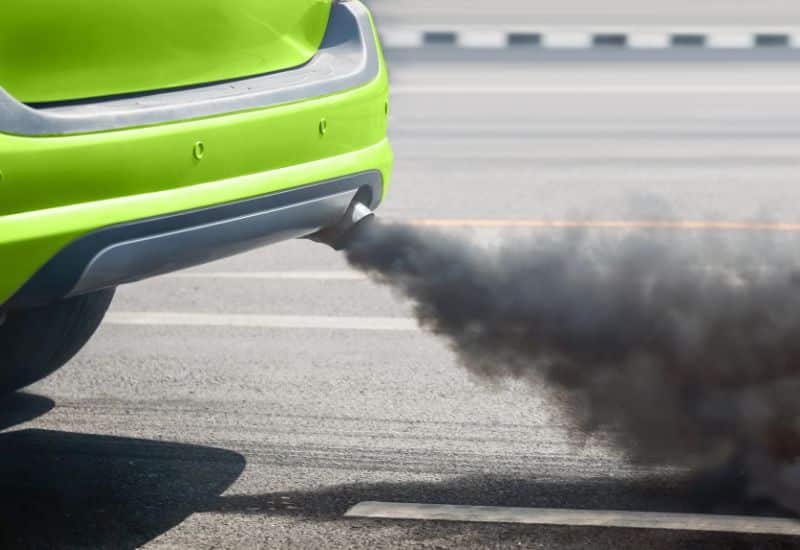
Dark exhaust from the tailpipe is another common symptom of a clogged catalytic converter. This is often due to excessive amounts of unburned fuel entering the car’s exhaust system, which is deposited in the catalytic converter. It then leaves residue behind as black smoke spews out the back.
This is usually a sign of another mechanical fault in the engine, such as a stuck-open fuel injector or other problem that causes it to run rich. The longer this fault goes unaddressed, the higher the risk is of the car developing a partially or entirely clogged catalytic converter.
6. Poor Acceleration Can Be An Indicator Of A Bad Or Clogged Catalytic Converter
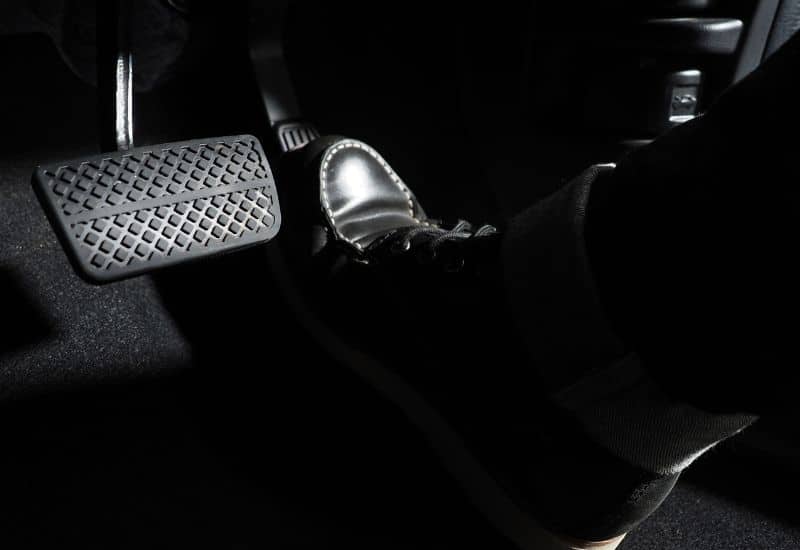
Poor acceleration due to trapped exhaust gases hampering engine performance is another common symptom of a clogged catalytic converter. Often a severely clogged catalytic converter will cause the car to jerk when accelerating due to the back pressure of exhaust gasses still lingering in the internal combustion chamber.
One of the big problems here is that this poor acceleration and/or a lag in acceleration tends to be worse the harder you step on the gas pedal. The car might initially surge, accelerating like normal, only to sputter as the back pressure builds. This can lead to a dangerously untimely stall when accelerating up to highway speed.
7. A Discolored Housing
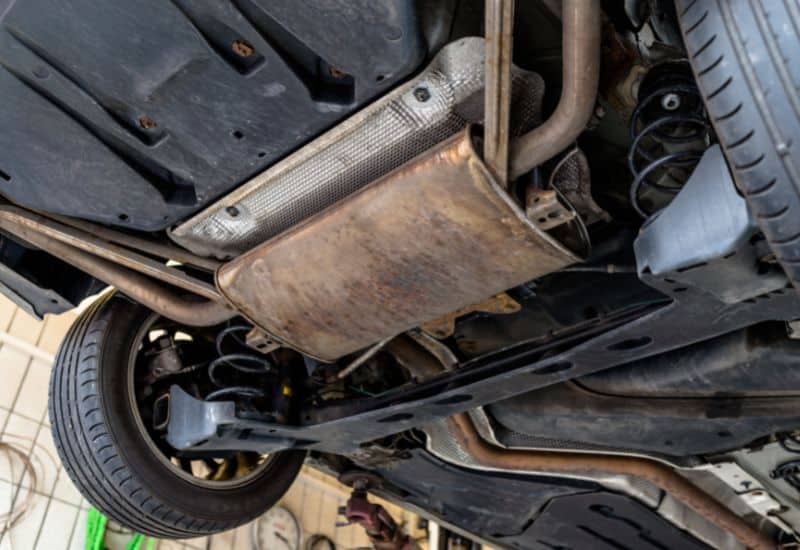
As time goes on, excessive heat buildup and contaminants like fuel residue can start to alter the patina causing a discolored housing on the clogged catalytic converter. To get a good look at the housing, you must jack up and block out the car before crawling under.
This is a handy way to better understand the state of the catalytic converter without actually opening it up.
8. Rattling Sounds When Accelerating
Rattling sounds when accelerating is often a sign that the clogged catalytic converter has damaged the special honeycomb structure within. This is even more likely to occur if you’ve been experiencing recent misfires that allowed unburned fuel to enter the exhaust system from the combustion chamber.
Unfortunately, this is also a sort of “Death Rattle” for the clogged catalytic converter. It most likely means that the internal structure of the clogged catalytic converter is in such a bad state that cleaning won’t be good enough, and the entire catalytic converter likely needs to be replaced.
9. The Check Engine Light Comes On
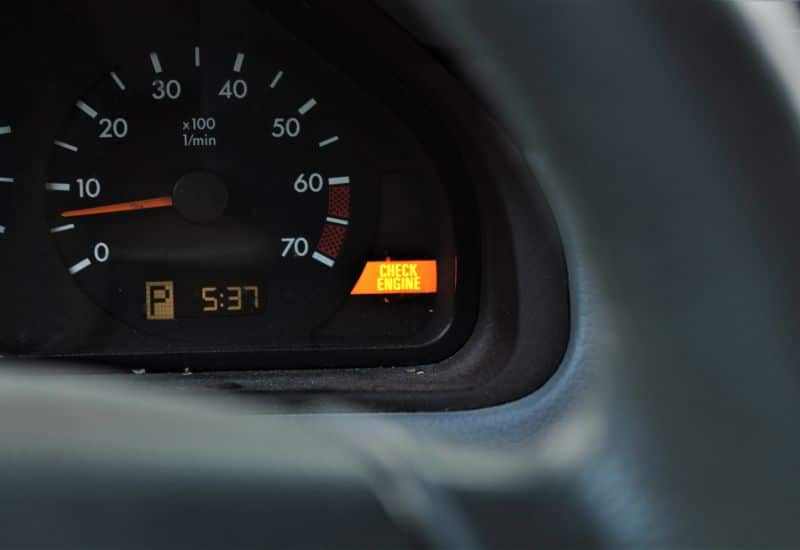
A clogged catalytic converter will affect engine performance so much that the ECU will turn the check engine light on. When this happens, it will likely throw a code such as P0420, a general code for a catalytic converter.
Remember that if the clogged catalytic converter was caused by another fault, such as bad fuel injectors, misfires, or other engine faults, you’d likely get multiple codes. These must be addressed along with the P0420 for the clogged catalytic converter. If you allow the engine to misfire or continue to run rich, even your best attempts to unclog the catalytic converter won’t be enough.
How to Accurately Diagnose a Clogged Catalytic Converter
Diagnosing a clogged catalytic converter starts with recognizing the symptoms such as increasingly poor MPG, hard starts, poor acceleration, and engine performance issues. If the check engine light comes on, the ECU throws a code P0420, and/or your car fails an emissions test, and then chances are very good that you have at least a partially clogged catalytic converter.
1: Testing the Catalytic Converter Temperature
Running hot is another common symptom of a clogged catalytic converter. This is usually due to the excessive back pressure trapping hot gasses in the catalytic converter without allowing them to pass easily into the rest of the exhaust system, muffler, and out of the tailpipe.
You can test this with a simple infrared thermometer and the following steps.
In a normal operating catalytic converter, the temperature difference between the inlet coming from the exhaust manifold and the outlet leading toward the muffler should be within 35 to 50 degrees. If the temperature difference is more than 100 to 125 degrees, the catalytic converter is likely partially or nearly completely clogged.
2: Testing the Exhaust Back Pressure
One of the most troubling symptoms of a clogged catalytic converter is excess back pressure in the car’s exhaust system. To test the severity of the back pressure, you’ll need a pressure gauge with an attachment hose. Then ack up the car, set the parking brake, and block it out before testing via the following steps.
3: Common Codes Indicating a Clogged Catalytic Converter
If your car’s ECU throws a check engine light, you can check the codes with a code reader to determine if your catalytic converter is clogged. Different automakers have different thresholds. However, a clogged catalytic converter might give you one or more of the following codes.
Can I Drive With A Clogged Catalytic Converter?

The car might still be drivable if you have a partially clogged catalytic converter with minor symptoms such as hard starting, poor fuel economy, and rotten egg odors. However, you’re taking a risk, as the clog will only worsen over time.
If your car is misfiring, experiencing significant acceleration lag, and/or stalling frequently, it’s crucial to address the clogged catalytic converter as soon as possible. You should not drive your car if the catalytic converter is completely clogged. The longer you drive with a partially clogged catalytic converter, the more likely you are to damage the exhaust system and the engine and face the very real risk of being stranded.
How Long Will a Clogged Catalytic Converter Run?
There’s no way to tell how long your car will run with a clogged catalytic converter. How long the clog has been building up before you noticed it, the size of your catalytic converter and any other engine faults causing the clogging are all strong factors.
What matters is that the longer you drive with a clogged catalytic converter and unaddressed engine faults, the worse the problem will get. If you catch it early, you can run a catalytic converter cleaner fuel additive through the car’s fuel system. This might be able to clear the clog rather than forcing you to replace the catalytic converter and save you hundreds, if not thousands, of dollars.
How To Unclog the Catalytic Converter without Removing It
Unclogging a catalytic converter with fuel additives like a catalytic converter cleaner might be possible. Though, catching the clogged catalytic converter problem early is key for this to have any serious chance of success. You can usually find them at an auto parts store or online. If you’re looking for suggestions, Cataclean 120007 Complete Engine, Fuel, and Exhaust System Cleaner and Motorkote Catalytic and Exhaust Cleaner are solid choices.
You can use the following steps to unclog your catalytic converter with fuel additives.
Unclogging the Catalytic Converter by Removing It
Removing a catalytic converter to unclog it and give it a deep cleaning is possible. Though this isn’t the sort of thing that the average DIY mechanic can do. You should probably only attempt this if you have more than a modest amount of experience with automotive exhaust systems. If you have a welded-in catalytic converter on your car, you also need welding experience.
If it is within your expertise, you can attempt to unclog your catalytic converter by removing it for deep cleaning with the following steps.
If you have a welded-in catalytic converter, you might need to cut it out with a Sawzall or a cutting torch.
At this point, you can clear all your codes and take the car for a 15 to 20 minutes test drive to see if the symptoms of a clogged catalytic converter are gone.
When to Replace or Repair Your Catalytic Converter

The vehicle’s age and the catalytic converter’s internal state will influence whether you should replace, repair, or unclog it. If the car is over ten years old, you likely need to replace the clogged catalytic converter.
If you attempt to unclog the catalytic converter and you hear rattling sounds when you remove it, then it likely also needs to be replaced. This is even more likely if you’ve had recent engine misfires and unburned fuel has damaged the catalytic converter.
The cost to have a mechanic replace a clogged catalytic converter replaced ranges from $900 to $2,500.
The majority of this is the cost of the replacement part. If you have a slightly older vehicle, you might be able to find a replacement at a junkyard or through a salvage parts dealer for half of what you would pay for it new.
Frequently Asked Questions
What Happens If You Drive With A Clogged Catalytic Converter?
The more you drive a car with a clogged catalytic converter, the worse the backflow of pressure on the engine becomes. In time the engine labors to try to drive out the increasing build-up of hot exhaust gases. As the clogged catalytic converter causes an increasing loss of power, it also drives up the engine’s heat, leading to overheating issues. This can damage other sensitive engine components, such as the spark plugs and the head gasket. Not to mention hampering cooling system performance.
Beyond the mechanical risks of driving a car with a clogged catalytic converter, you will also start to experience more stalls with hard starts. This can leave you stranded. Stalls are even more likely to happen under hard acceleration, such as merging into highway traffic, which can be a very serious road safety issue.
Can I Replace a Welded Catalytic Converter Myself?
Welded-in catalytic converters require a fair amount of welding experience. This is usually beyond what a DIY home mechanic can handle, which is why most people have a professional muffler shop take care of catalytic converter replacements.
Are Scrapyard and Salvage Part Catalytic Converters Stolen?
One of the best ways to save money on the cost of a replacement catalytic converter is to buy a replacement from a scrap yard or a salvage parts dealer. By law, they must confirm if the part is stolen or has a lien against it.
Most disreputable scrapyards that accept stolen catalytic converters grind them up to hide the truth of where they got them. So, if you do find a matching replacement for your clogged catalytic converter, you can trust that it was lawfully obtained.
Don’t Let a Clogged Catalytic Converter Leave You Stranded
Catching the symptoms of a clogged catalytic converter early will improve your chances of clearing it with fuel additive catalytic converter cleaner. If your car has been starting hard, stalling, and has foul odors coming from the exhaust, you should be suspicious of a clogged catalytic converter.
If the check engine light comes on and the car throws a P0420 or it fails an emissions test, then the clog in the catalytic converter is probably substantial. If a catalytic converter fuel additive isn’t enough to remedy the problem, you’ll have to choose whether or not to clean it or replace it. If the clogged catalytic converter was damaged by recent engine misfires, the vehicle grounded out, or it’s more than ten years old, chances are good you’ll need to replace it.

Written By
Jason Farrell
Jason Farrell is a certified master technician, the editor of Mechanic’s Diary in Pittsburgh, Pennsylvania. He is ASE (Automotive Service Excellence) certified and earned a Bachelor’s Degree in Automotive Technology from Pittsburg State University. With nearly 18 prior years of experience in the automotive field, he has extensive knowledge about Domestic, European, and other foreign makes and models of cars and light trucks. Jason’s experience working as a technician and service manager at dealerships, gave him the experience and know-how of most aspects of inspection, diagnosis, and repair from engine and drivability to electrical, HVAC, brakes, steering and suspension and everything in between.


